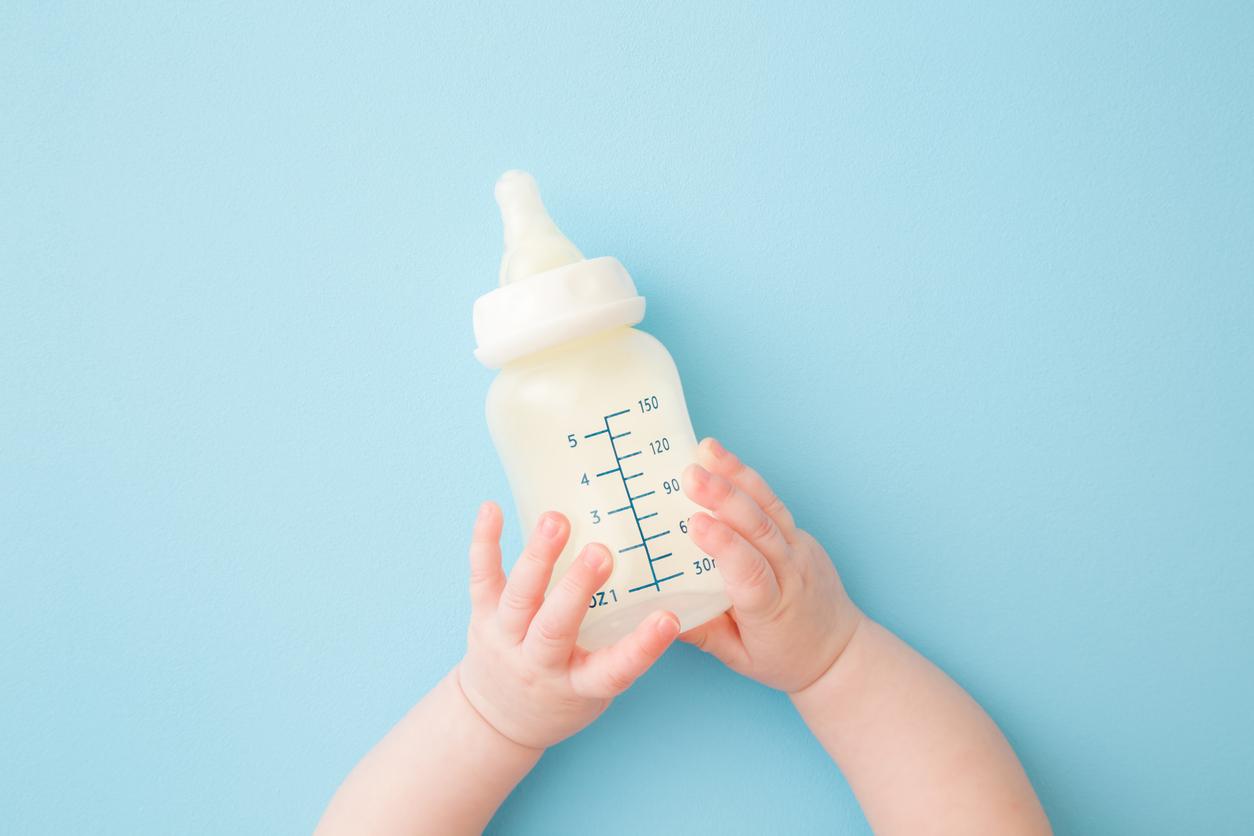Antibiotics, method of delivery, breastfeeding … All these factors influence the composition of the microbiota of children until they are 3 years old.

Almost 100,000 billion bacteria live in our digestive tract. This gigantic colony forms the microbiota, an organ in its own right and essential to man. When an imbalance threatens it, the whole organism falters. Diabetes, obesity, allergies, Parkinson’s disease… Many pathologies are thought to be caused or aggravated by changes in the intestinal flora. Also, knowing what influences its composition, what is favorable to it or on the contrary what can be toxic to it is crucial, and this from the first weeks of life.
It is for this reason that a team from Massachusetts General Hospital (United States), in collaboration with Finnish researchers from the University of Helsinki, studied the microbiota of 39 children. From birth until their 3th anniversary, they took monthly samples to closely monitor the formation of the intestinal flora. Their conclusions are presented this Thursday in the review Science Translational Medicine.
Between 9 and 15 drugs swallowed
Each of these stool samples were analyzed by genomic sequencing. This method allowed researchers to identify the different bacterial populations that make up the microbiota of each child. During the 3 years of experience, 20 children received antibiotics to treat respiratory infections or ear infections. Some of them swallowed between 9 and 15 drugs, say the authors.
These analyzes reveal that bacterial strains are common to all children. Scientists also observed in all toddlers the presence and abundance of certain bacteria at a specific time, before noting a reduction in these populations. However, they cannot yet explain these variations.
Moreover, these results seem to contradict previous studies. Some studies suggest, in fact, that the microbiota of breastfed children is different from those fed formula, in particular with a different concentration of beneficial bacteria called Bifidobacterium. However, in this recent study, all the children were breastfed, and yet some children have a low concentration of this bacterium, which seems to indicate that breast milk is not the only factor promoting its presence.
Development of antibiotic resistance
Researchers also question the effect of the mode of birth. Delivery by vaginal route or cesarean section would not have the same effect on the composition of the microbiota, according to numerous scientific publications. However, analyzes show similarities between the intestinal flora of 4 children born by cesarean section and 7 children born vaginally. Ramnik Xavier, the head of the work, points out that all these children had a low bacterial diversity, which can favor the appearance of certain diseases.
However, this work confirms that antibiotics lead to low bacterial diversity. Genomic sequencing reveals that the microbiota of these children is less stable than that of others, and dominated by a single bacterial strain. More worryingly, the researchers have highlighted the appearance of resistance to antibiotics, and the ability of bacteria to transmit this property, thus allowing them to resist treatments for a long time.
“We would now like to explore the formation of the microbiota during the first week of life and how it affects the health of the child and the elements that strengthen it,” says Ramnik Xavier. Our high-resolution sequencing approach will allow us to better understand the natural history of the intestinal flora and the impact of disturbances caused by antibiotics and environmental factors ”.
.

















